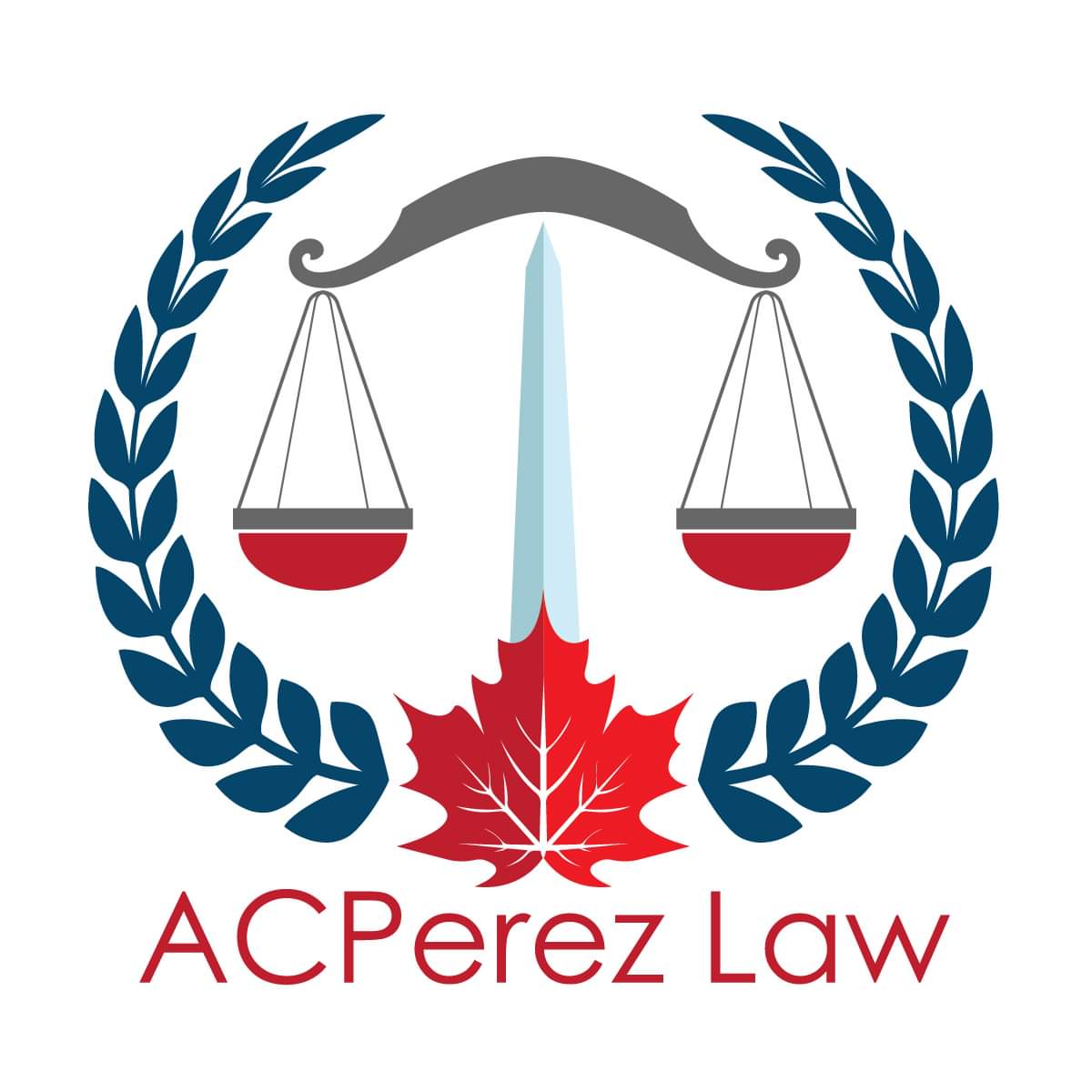New Rules for Open Work Permits: What You Need to Know (Effective January 21, 2025)
- ACPerez Law

- Jan 21
- 2 min read

The Government of Canada has updated its eligibility criteria for Open Work Permits (OWPs) for family members of foreign workers. These changes benefit workers in high-skilled and select mid-skilled occupations, offering greater flexibility for their spouses or common-law partners to join them in Canada.
Who is Eligible for an Open Work Permit?
Spouses or Common-Law PartnersYour spouse or common-law partner may qualify for an OWP if:
You work in a high-skilled occupation (TEER 0 or 1), such as managerial or professional roles.
You work in a select mid-skilled occupation (TEER 2 or 3).
Examples of eligible TEER categories:
TEER 2: Chemical technologists, civil engineering technologists, electricians, early childhood educators, plumbers, welders, and more.
TEER 3: Dental assistants, pharmacy technicians, nurse aides, teacher assistants, heavy equipment operators, and more.
Requirements for the Principal Worker (You):
Hold a valid work permit or authorization to work in Canada.
Ensure your work authorization is valid for at least 16 months at the time of application.
Actively work in Canada in an eligible occupation.
Reside or plan to reside in Canada.
Who is NOT Eligible for an OWP?
Spouses or partners cannot apply for an OWP if:
You work in a low-skilled occupation (TEER 4 or 5), unless pursuing a permanent residence pathway.
You hold a spousal OWP, are an international student, or have made a refugee claim.
TEER Categories at a Glance
The Training, Education, Experience, and Responsibilities (TEER) system classifies occupations based on skill levels. Family members of workers in TEER 0, 1, 2, and 3 occupations may be eligible for OWPs.
TEER 0 (Management Occupations)
Overview: Management roles in businesses, departments, or teams.
Examples:
Senior managers (financial, communication, construction)
Restaurant and food service managers
Corporate sales managers
TEER 1 (Professional Occupations)
Overview: Requires university-level education.
Examples:
Financial auditors and accountants
Engineers (civil, mechanical, software)
Medical professionals (physicians, pharmacists, veterinarians)
TEER 2 (Technical and Skilled Occupations)
Overview: Requires a college diploma, apprenticeship, or supervisory roles.
Examples:
Licensed practical nurses, paramedics, medical sonographers
Electricians, plumbers, industrial mechanics
Early childhood educators, construction inspectors
TEER 3 (Intermediate Skilled Occupations)
Overview: Requires college diplomas or on-the-job training.
Examples:
Nurse aides, pharmacy assistants, dental assistants
Heavy equipment operators, painters, roofers
Truck drivers, teacher assistants
Why These Changes Matter
This policy ensures that spouses and partners of foreign workers in TEER 0-3 roles can apply for OWPs, providing opportunities to work anywhere in Canada. Low-skilled workers (TEER 4 and 5) must explore permanent residence pathways to enable family member eligibility.
Next Steps for Workers and Their Families
Verify Your NOC Code: Use the National Occupation Classification (NOC) tool to confirm your TEER category.
Plan Ahead: Ensure your work permit and passport are valid for the required duration.
Explore Permanent Residence Options: Consult a professional if you’re in a low-skilled occupation.
Get Personalized Advice: At ACPerez Immigration Law, we help foreign workers and their families navigate Canada’s immigration programs. Contact us today at info@acperezlaw.com or visit our website at www.ACPerezLaw.com for tailored guidance and support.
For more information, visit IRCC website: https://www.canada.ca/en/immigration-refugees-citizenship/services/work-canada/permit/temporary/open-work-permit-spouses-dependent-children/eligibility.html




Comments